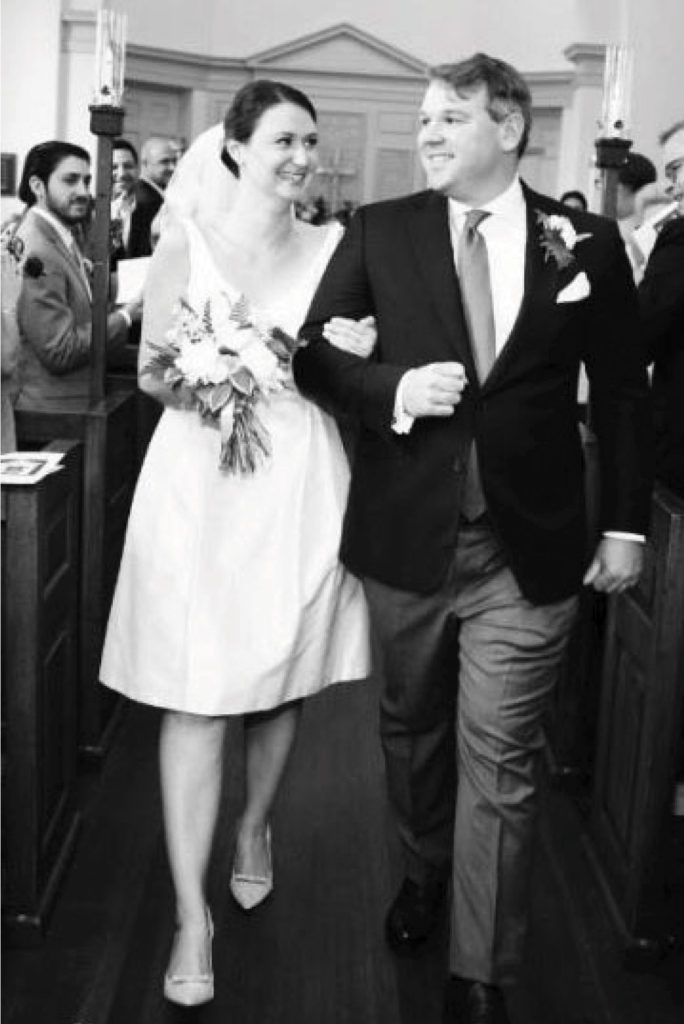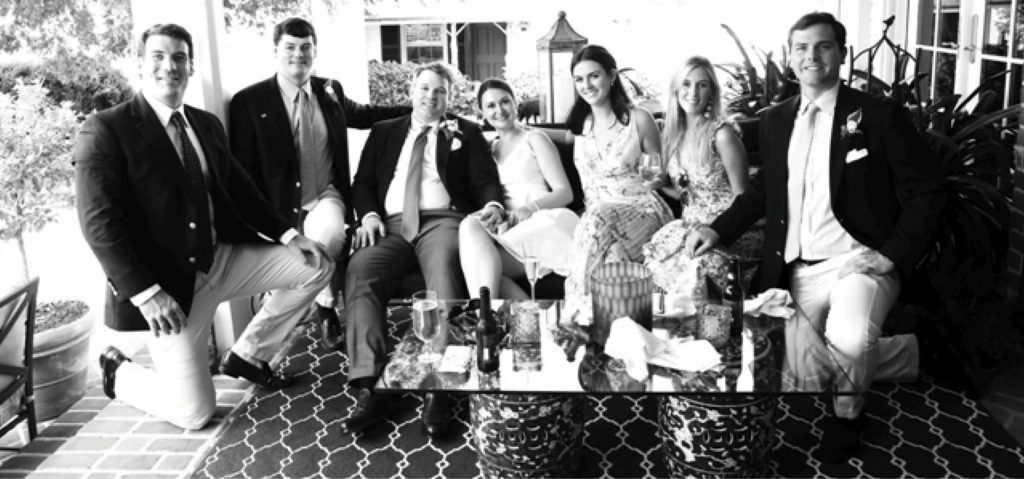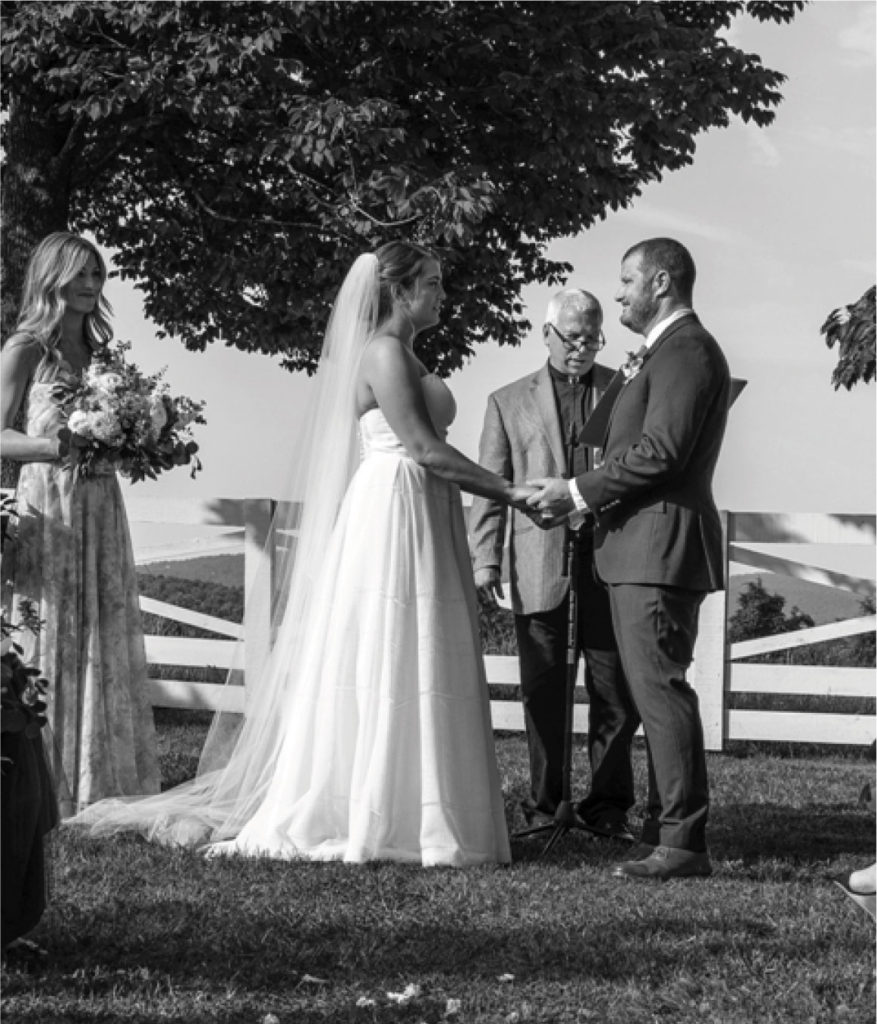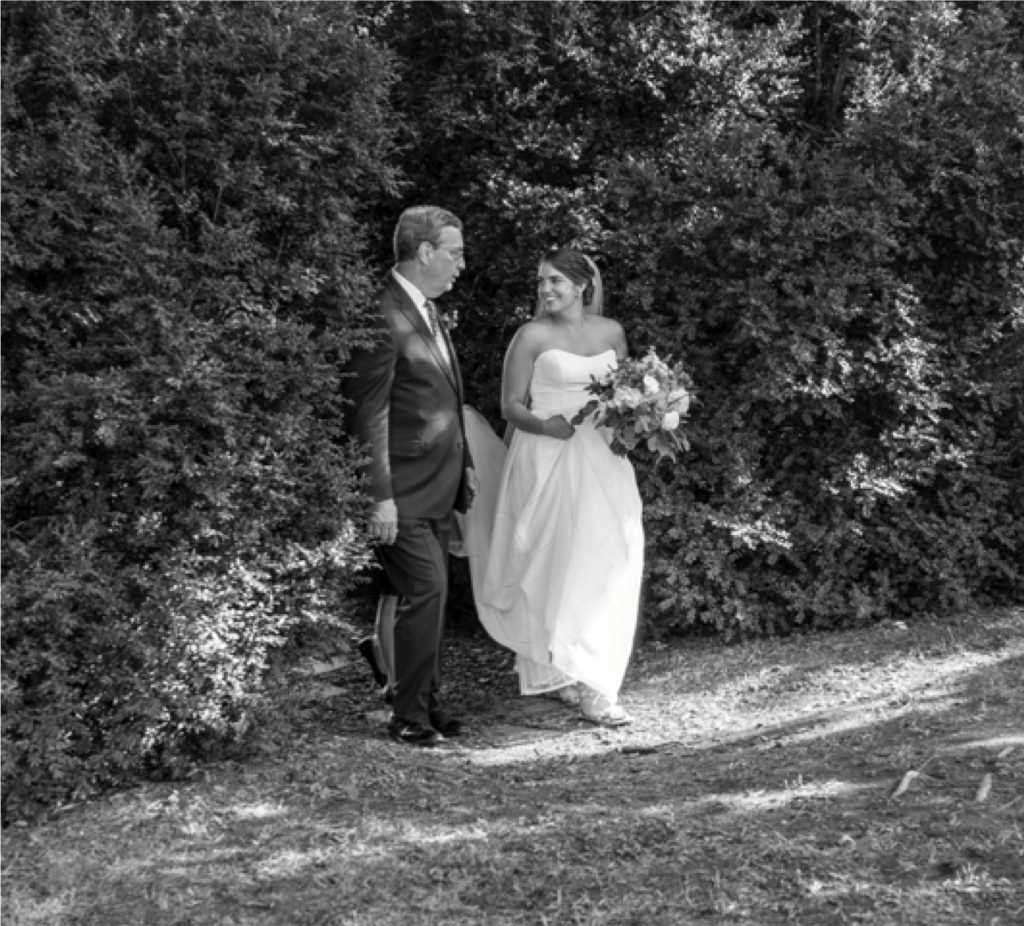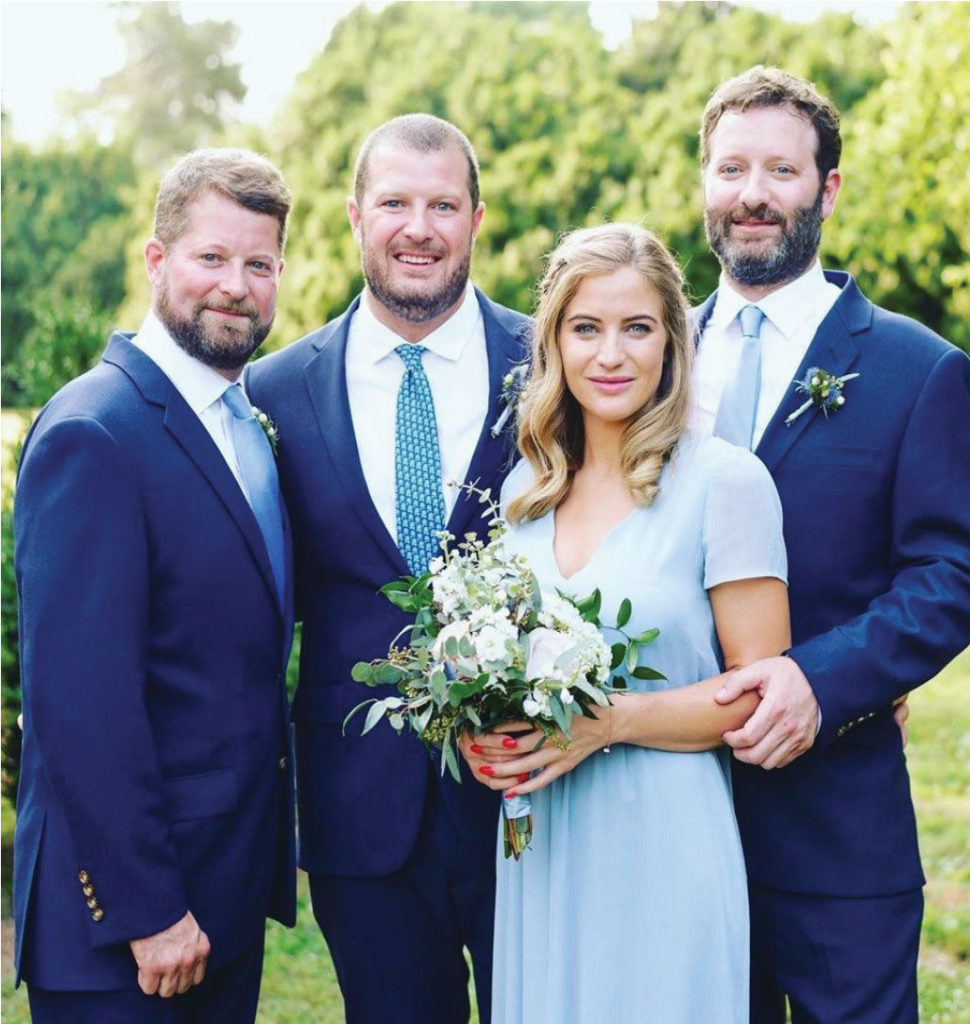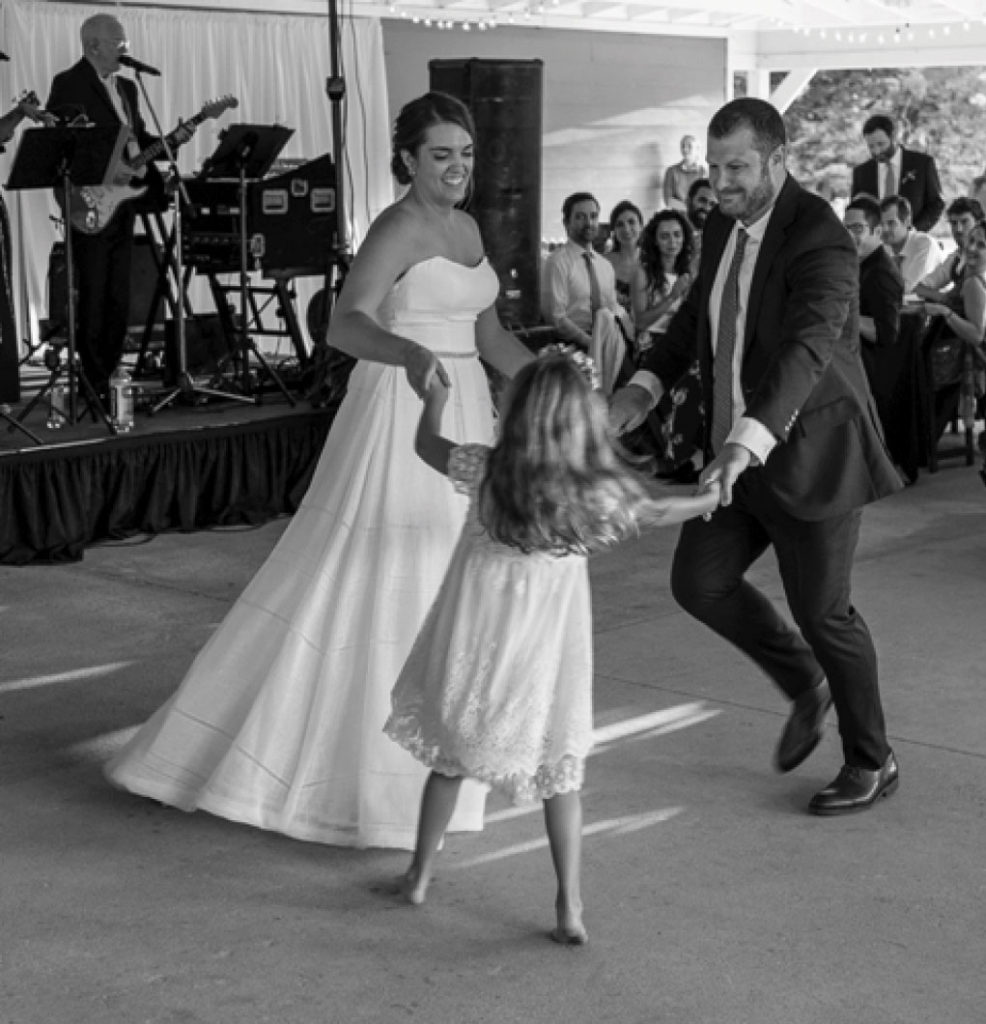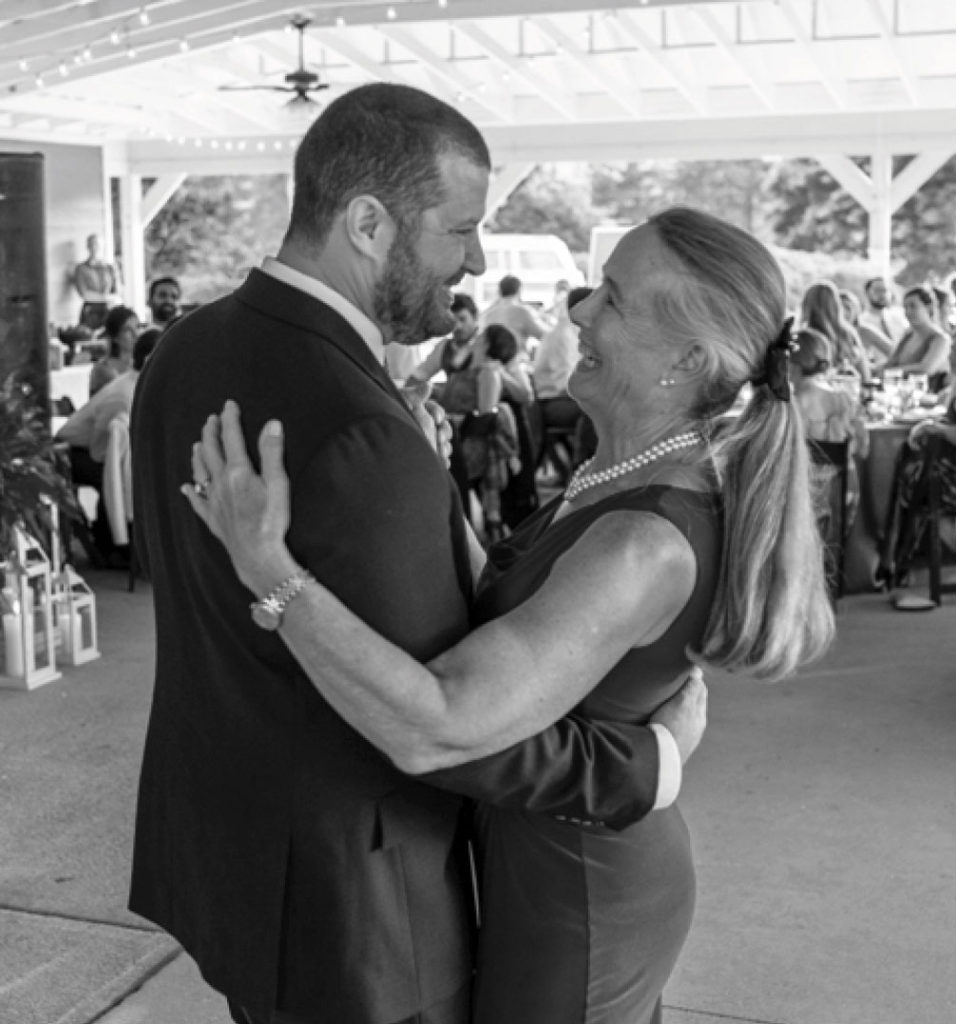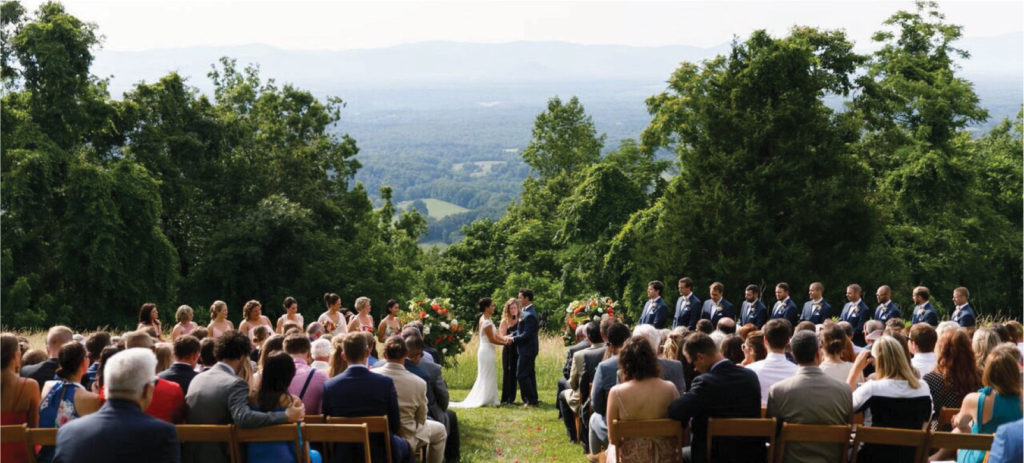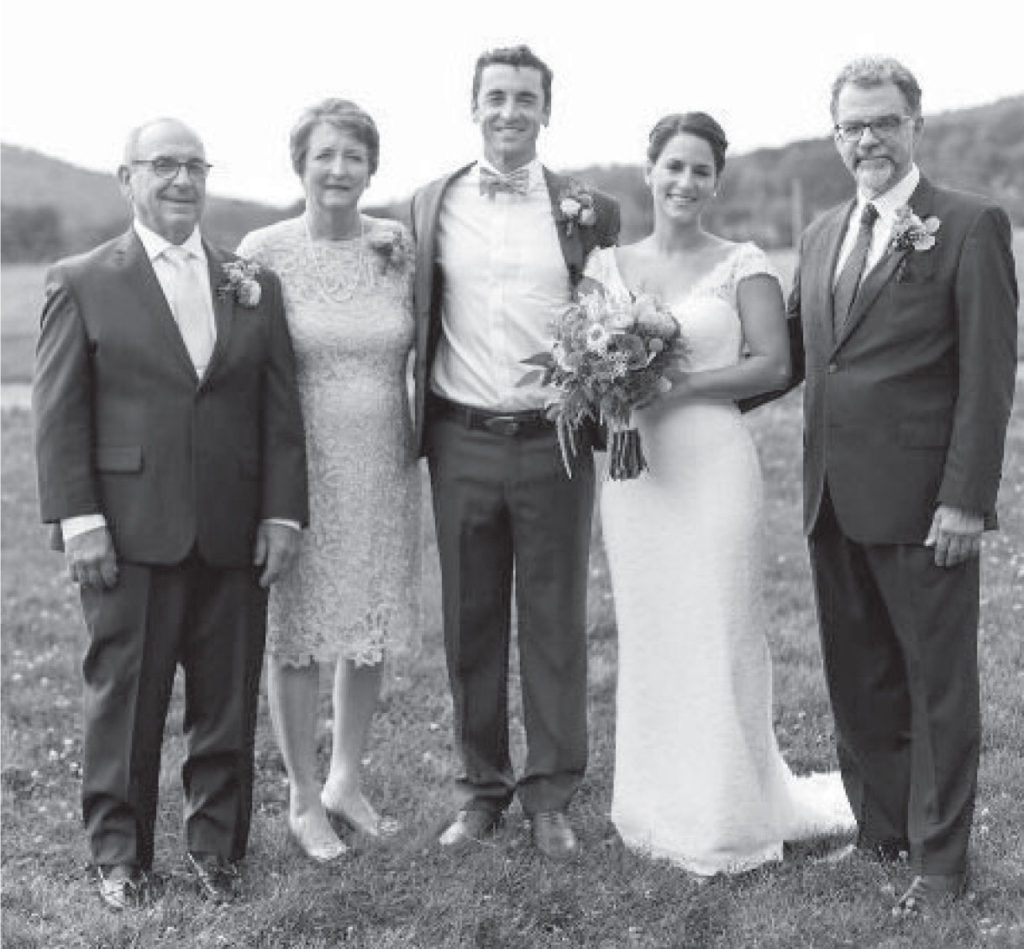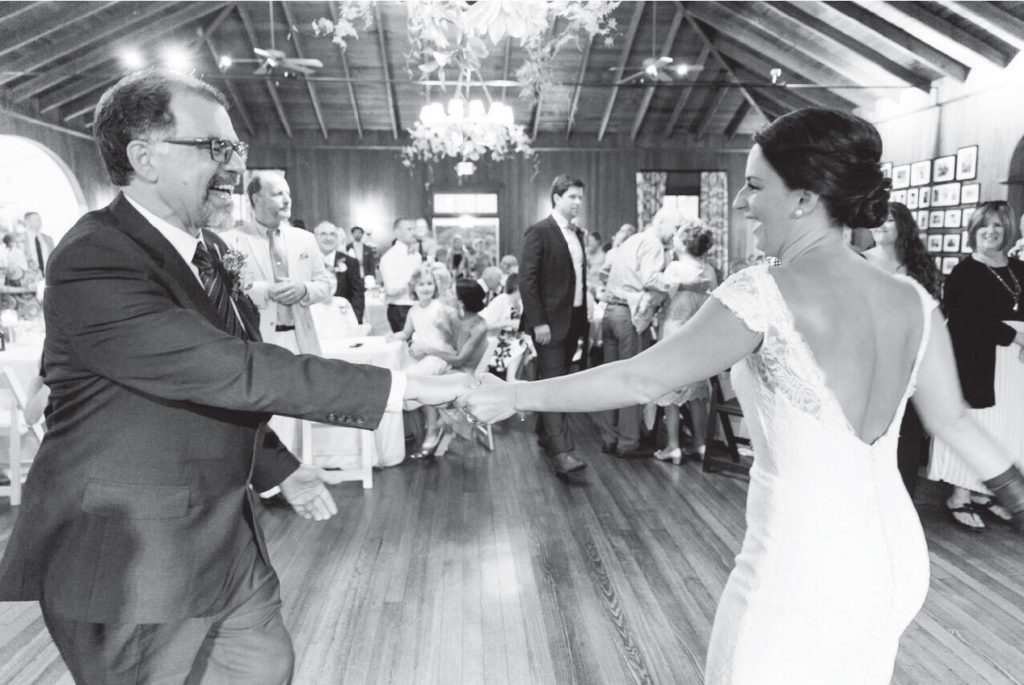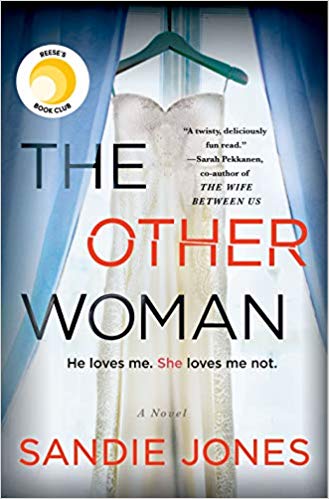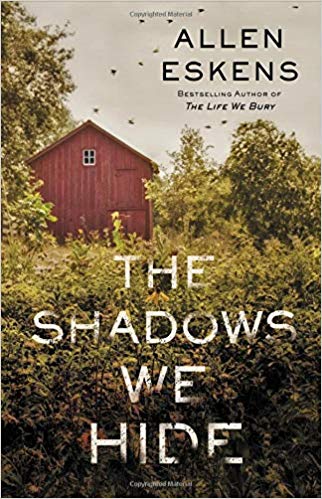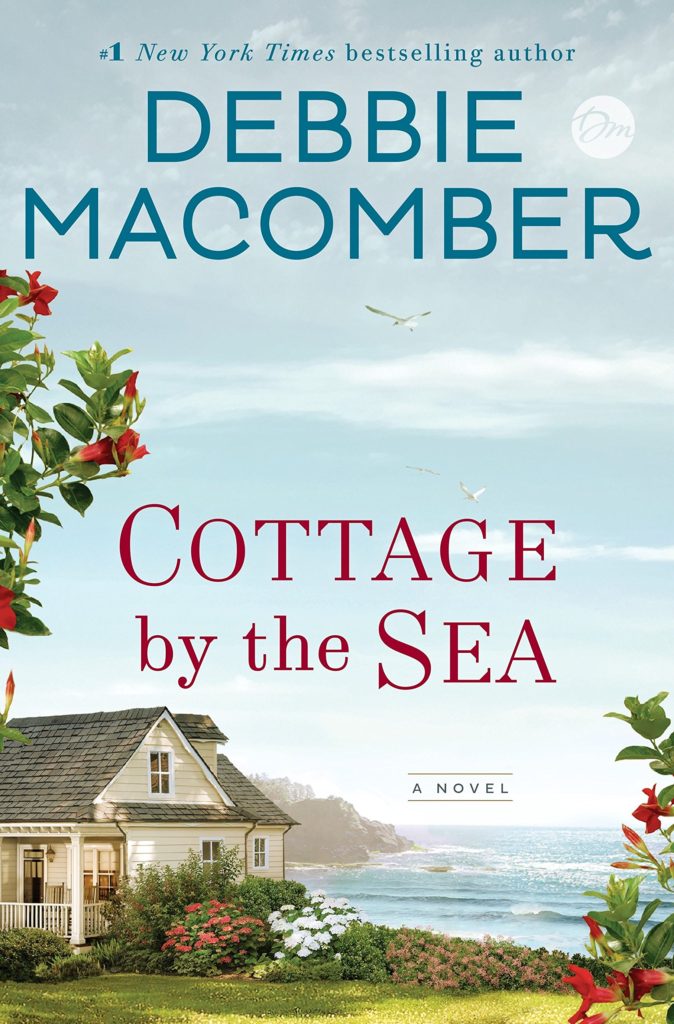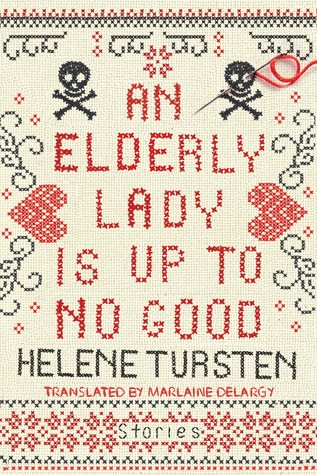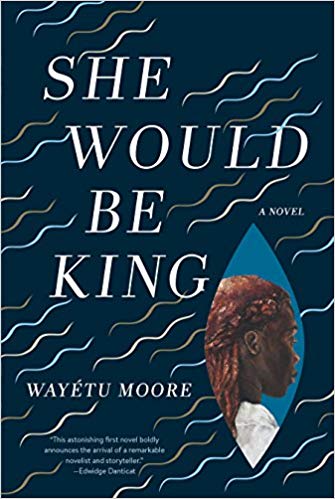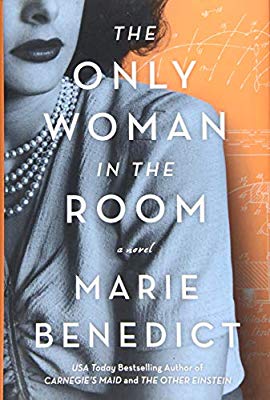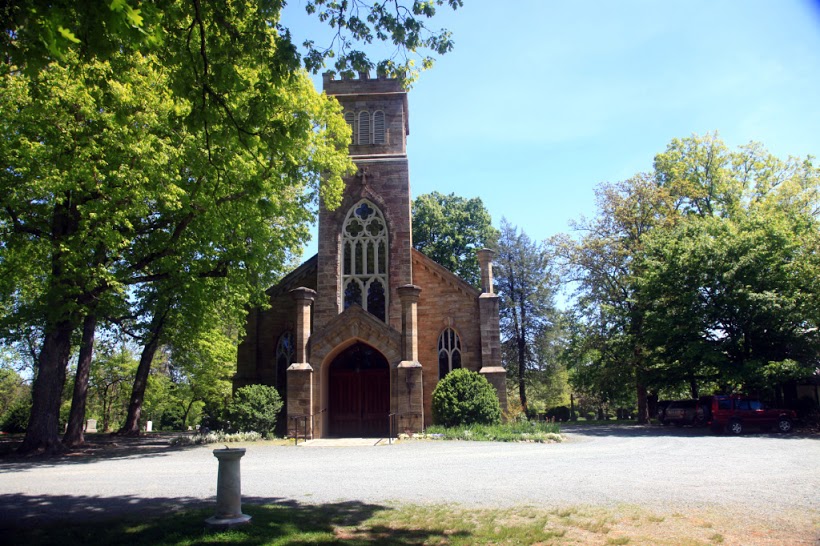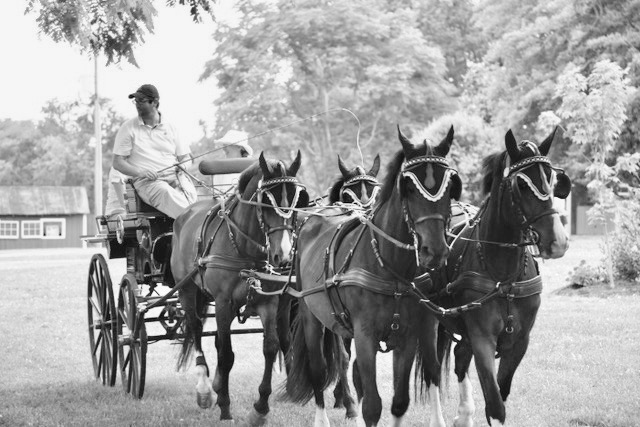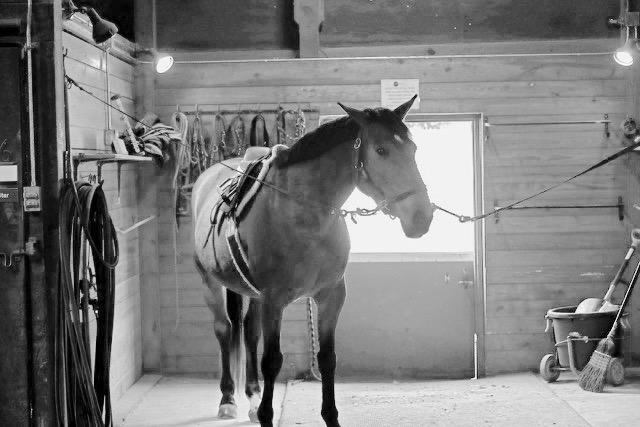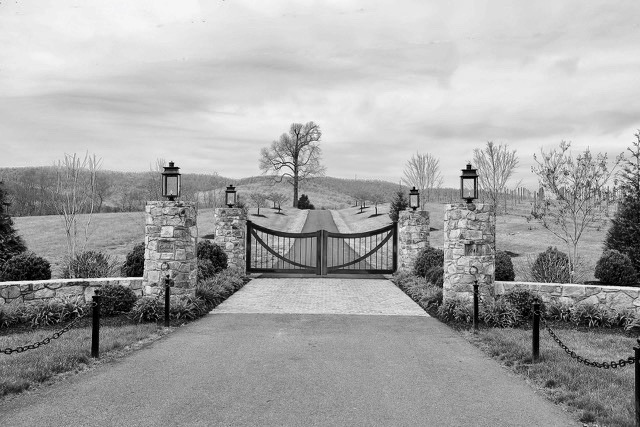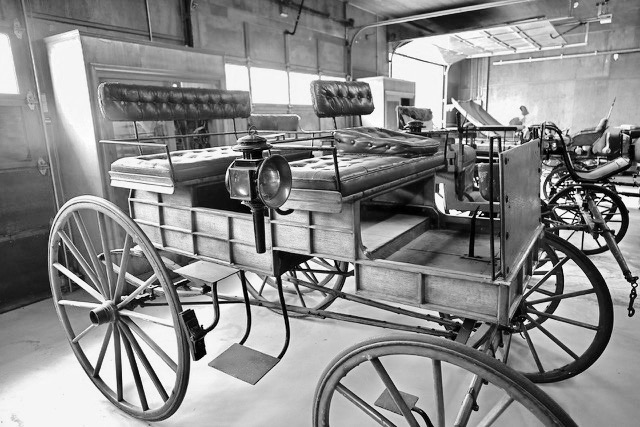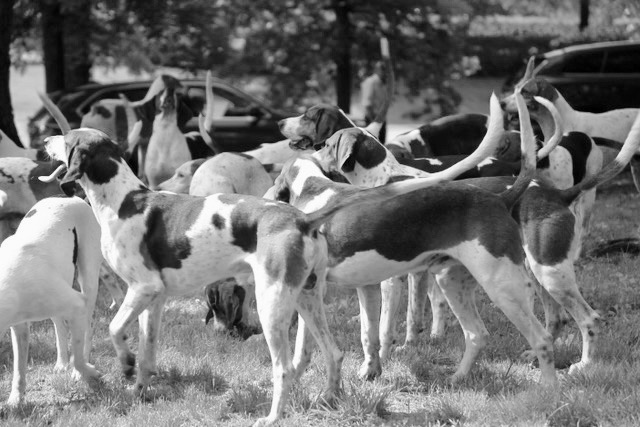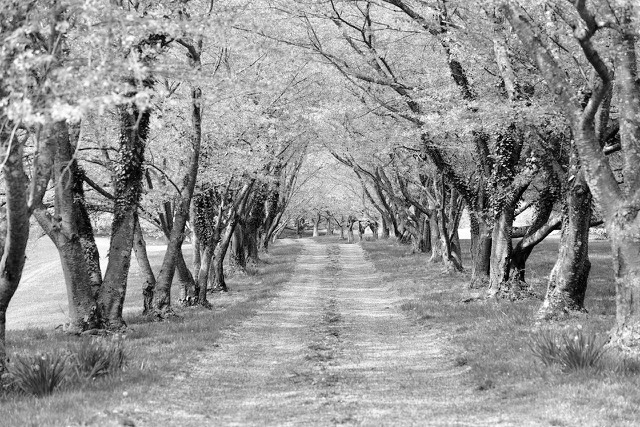Journalling for health and peace of mind works wonders. It is easy, free, and wonderfully cathartic. We all carry around a lot of mental baggage. It weighs us down more than we know. Do you want to feel lighter and more energetic? Write down all the negative things you are harboring. Get them outside of yourself. Then meditate on the positive aspects of your life.
The computer is excellent for writing. And it can help with spelling and punctuation, something that appeals to me because mine is not always correct. However, writing in a special journal in your own hand with a pen is even better. It is fun to find a beautiful leather book with creamy blank pages. I have had quite a collection of those over the years. But it can also be a colorful paperbound book or a spiral notebook. Years ago I always wrote with a fountain pen. Now I am not sure I still own one of those. Find a pen which seems to flow smoothly. Rollerball tips are smooth and seem to write of their own accord.
Once you have determined what you will use for your journal, you simply begin. Getting all those worries, fears, triumphs, and self-doubts or self-congratulations out of your head cleans house. It will leave you room for more information from outside yourself or maybe from deep INSIDE. Make room for it and then pay special attention.
It is important to realize that our souls, our inner or outer spiritual selves do not speak in words. They speak through symbols, and signs, poetry, and country song lyrics. It is through dreams and visions and meditation, coincidences, and sometimes pure magic that we come to see what our deeper selves are trying to convey. This is the language of intuition and deep inner truth. Listen carefully. You can transcribe what you just “know” and get it down on paper.
That little voice is quiet. It never shouts. If you are not paying attention, or if you ignore it, you may miss the message.
There may be things that bother you from your past, especially decisions you made which you now regret. Write about it and move on. We cannot go back and change the beginning. But we are fully capable of managing how things come out in the end. This is universally true. We can do what we need to do NOW, to ‘right the ship’ and sail on whether the waters are rough or smooth. Start writing the script for how you want things to turn out.
Perhaps it is not old wounds that rankle but newer losses, or ‘let downs’. After all, life gives us a constant supply on which to practice. So consider yourself fortunate and begin to decipher what that small inner voice is telling you. Write it down so you can see where you are headed. Don’t fret. It is like emptying the trash. Of course, not all of it needs to be jettisoned. What you put down on paper will surprise you. Perhaps with its eloquence or at least with the pertinence to your life now.
For many people, summer is a quiet time, a time for reflection and inner growth. As we are working on ourselves, writing our thoughts, we can do some beach reading. Perhaps spend some time barefoot in the sand or simply walk without shoes in the grass at home. Write barefoot.
Grounding is the practice of walking or meditating barefoot in order to allow the earth’s energy to pass through our feet and pulse through us. It is supposed to be good for the immune system and overall well being. I believe it is good for us while we use our journal.
“Earthing (also known as grounding) refers to contact with the earth’s surface electrons by walking barefoot outside”– “the earth’s electrons induce multiple physiological changes of clinical significance.”**
Meditation, Journalling, walking barefoot, eating healthy food are all pro-active beneficial acts. But my personal favorite is my journaling. First of all, it calms me. It enlightens me when reading what I have written later. And sometimes the words come to me delivered by unseen voices. Right through my fingers with their long nails, polished in turquoise. I watch my fingers flash across the keys or holding a pen and marvel at what transpires. Inspiration a la carte when you least expect it. Magic.
**For some more information, check out, https://www.ncbi.nlm.nih.gov/pmc/articles/PMC3265077/ an article in PMC Journal of Environmental Health.



